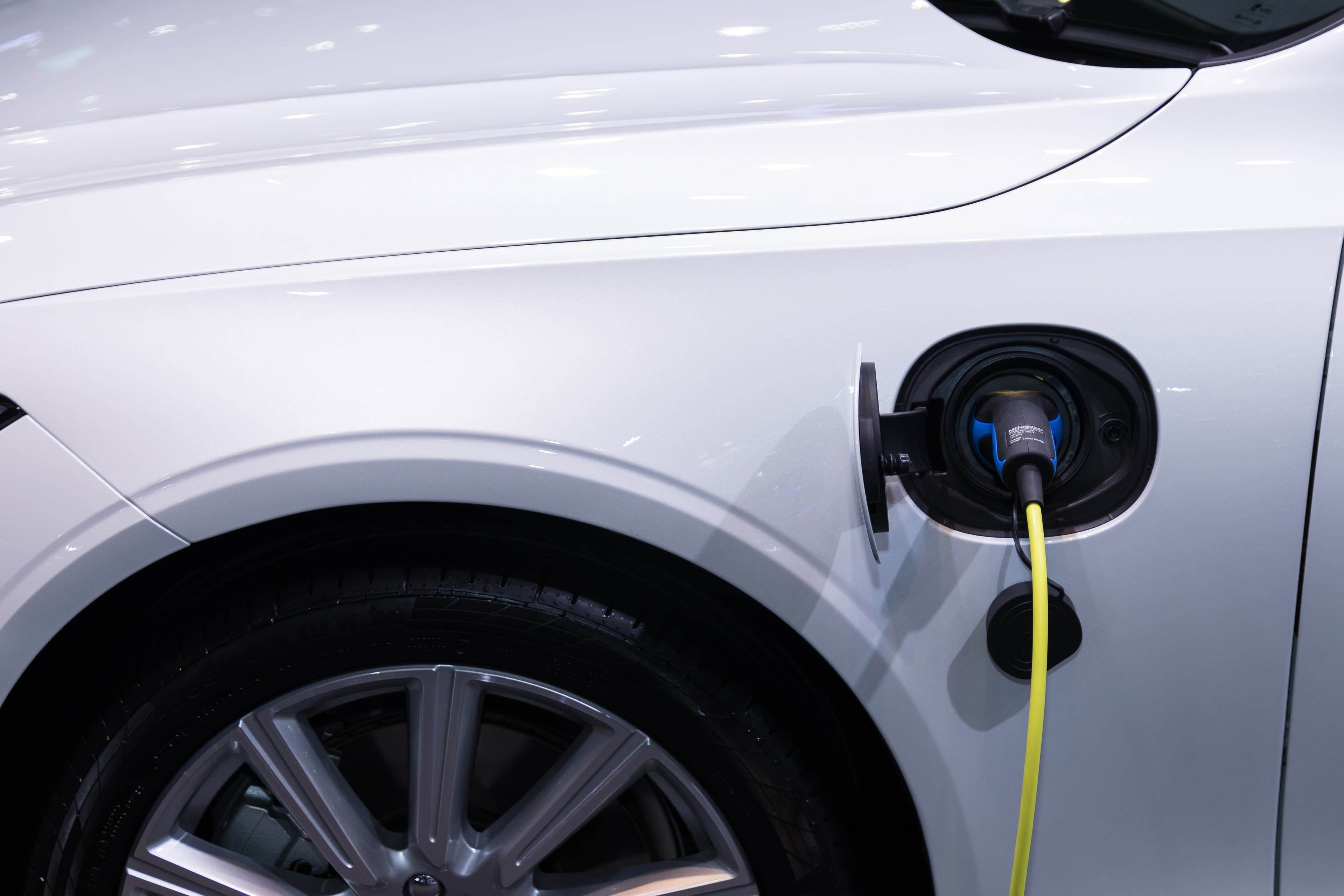The automotive landscape is evolving faster than ever, and the electric vehicle (EV) is driving this change. If you've ever pondered, "Why go electric?", then you're in for a treat. Buckle up and let's delve into the world of electric vehicles in a language that everyone can understand.
What Are Electric Vehicles?
An electric vehicle is, in essence, a car that's powered by electricity rather than gasoline or diesel. Unlike traditional cars that use internal combustion engines, electric vehicles employ electric motors and large, rechargeable batteries to get you where you need to go.
Breaking Down the Basics
There are generally three types of electric vehicles you'll come across:
-
Battery Electric Vehicles (BEVs): These are 100% electric vehicles with no gasoline engine. Think Tesla or the Nissan Leaf.
-
Plug-in Hybrid Electric Vehicles (PHEVs): These cars have both an electric motor and a gasoline engine. The electric motor is used first and once the battery is depleted, the gasoline engine kicks in. The Chevrolet Volt is an example.
-
Hybrid Electric Vehicles (HEVs): Unlike PHEVs, you can't plug these into an outlet. They generate their electric power through regenerative braking and the internal combustion engine. The Toyota Prius is the poster child for this category.
Why the Buzz?
Electric vehicles are in the limelight for one primary reason: environmental impact. Our earth is grappling with rising pollution levels and climate change, and electric vehicles offer a solution to reduce carbon footprints significantly.
Cleaner Air, Better World
Zero tailpipe emissions mean that electric cars don't emit harmful pollutants that contribute to climate change and air pollution. You're literally driving a cleaner and greener vehicle.
Resource Management
Electric vehicles can also play a part in reducing dependency on fossil fuels. With the growth in renewable energy sources like wind and solar, electric vehicles can be powered more sustainably than ever.
How Do They Work?
You might be intrigued by how these cars function. Well, it's not rocket science. An electric vehicle consists of a few main components:
- Electric Motor: Replaces the traditional internal combustion engine and provides the motive force.
- Battery Pack: Stores the electric energy that powers the motor.
- Inverter: Converts the direct current (DC) electricity from the battery into alternating current (AC) for the motor.
- Charging System: Allows for the battery to be recharged by connecting to an external power source.
Driving Experience
When you press the accelerator, electricity from the battery flows to the motor, turning the wheels and propelling the car forward. The absence of a traditional engine also makes for a smoother, quieter ride.
Cost-Efficiency
The initial price tag of electric vehicles can give anyone a pause. However, the total cost of ownership paints a different picture.
Savings on Fuel
When you drive an electric vehicle, the days of visiting a gas station are over. Instead, you're looking at a much cheaper electricity bill to recharge your vehicle.
Government Incentives
To encourage the adoption of cleaner transport, various governments worldwide offer monetary incentives like tax credits, rebates, and even reduced toll charges for electric vehicles.
Lower Maintenance Costs
Electric vehicles have fewer moving parts than traditional vehicles. That means less wear and tear and, consequently, lower maintenance costs.
The Charging Conundrum
Many potential electric vehicle owners are concerned about charging availability and convenience.
Public Charging
Charging stations are becoming increasingly common. From public parking lots to shopping malls, it's easier than ever to find a place to juice up your car.
Home Charging
You can also install a charging station right in your garage. There are various types of home chargers, ranging from slower, standard household outlets to faster, specialized equipment.
Range Anxiety
One of the most significant concerns people have is how far an electric vehicle can travel on a single charge. The good news is that newer models are breaking barriers, offering ranges that rival or even exceed traditional cars.
Choices, Choices, Choices
No longer confined to a single style or price range, electric vehicles now span the gamut from compact cars to luxury SUVs.
Leading Brands
Major automakers like Tesla, BMW, and Nissan offer a spectrum of options that suit different needs and budgets.
Upcoming Innovations
As technology advances, we can expect electric vehicles with longer ranges, quicker charging, and even autonomous driving capabilities.
The Future is Bright
With ongoing advancements, electric vehicles are not just a fad; they're here to stay.
Sustainable Advancements
Companies are investing billions into perfecting battery technology, reducing charging times, and increasing the overall efficiency of electric vehicles.
Market Trends
Analysts predict that electric vehicles will dominate the market sooner than later. As more people become aware of the benefits and the technology becomes more affordable, we're likely to see a more significant shift towards electric mobility.
Final Thoughts
Choosing an electric vehicle is not just a personal decision; it's a commitment to a cleaner and more sustainable
